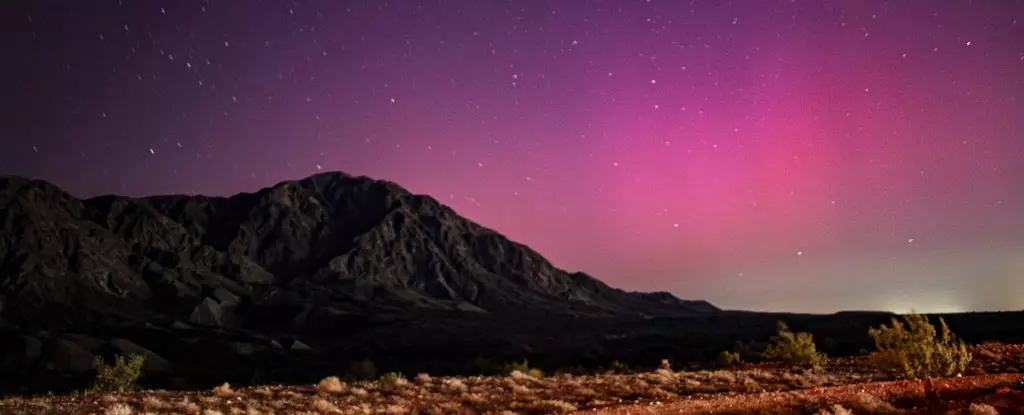Recently, the Earth experienced an intense solar storm that could potentially bring the northern lights to night skies further south than usual. This level-four geomagnetic storm, observed by a specialized center at the US National Oceanic and Atmospheric Administration (NOAA), peaked on Monday at 1500 GMT. Although these conditions may persist for several hours, the storm is not expected to increase further in intensity.
Solar storms, such as this recent one, are caused by coronal mass ejections (CMEs) – explosions of particles leaving the Sun. When these particles reach Earth, they disrupt the planet’s magnetic field. This disruption can lead to the appearance of auroras in the night sky and potentially affect the functioning of various technologies on Earth.
While the appearance of auroras may seem enchanting, solar storms can have negative consequences. They have the potential to degrade high-frequency communications, disrupt satellite operations, and even cause overloads on the electricity grid. In response to this recent storm, operators of sensitive infrastructure have been advised to implement measures to mitigate these effects.
In May, the Earth encountered the most powerful geomagnetic storms recorded in the last 20 years. These storms resulted in striking auroras visible in the United States, Europe, and Australia, even at lower latitudes than usual. The frequency of these events has been on the rise due to the Sun nearing its peak activity as part of its 11-year cycle.
While solar storms may present captivating phenomena like northern lights, it is essential to recognize their potential to disrupt vital technologies on Earth. By understanding the causes and effects of these storms, measures can be taken to minimize their impact on communication systems, satellites, and the electricity grid.


Leave a Reply